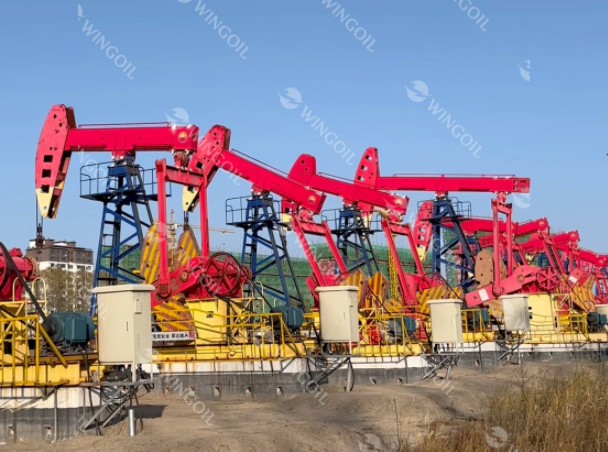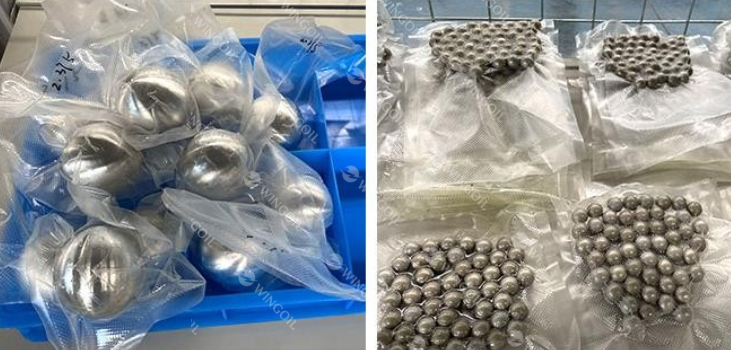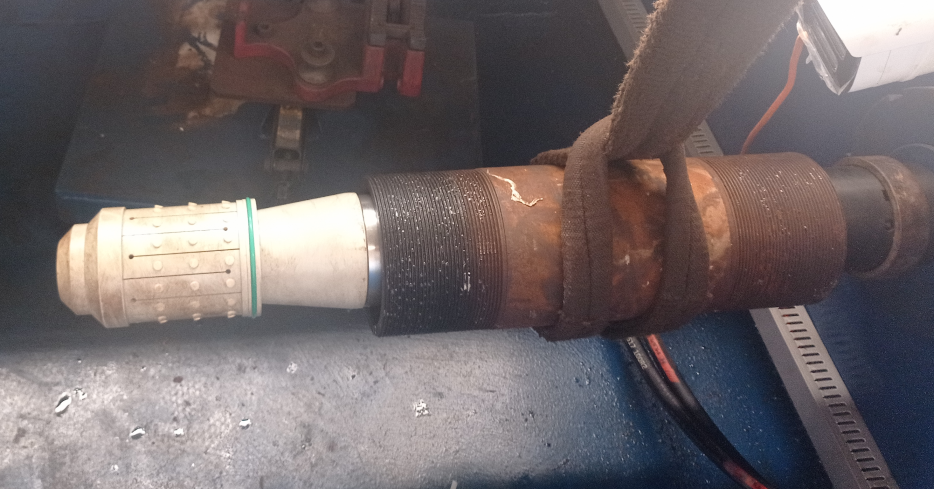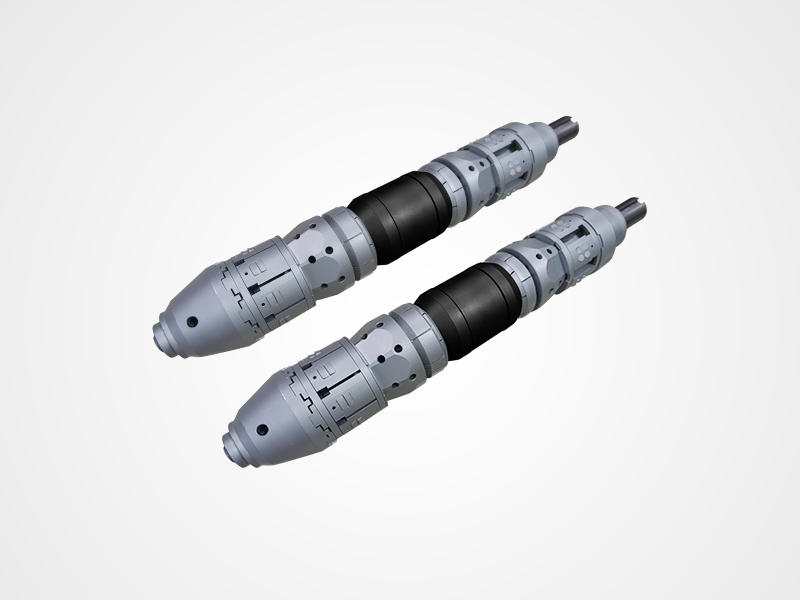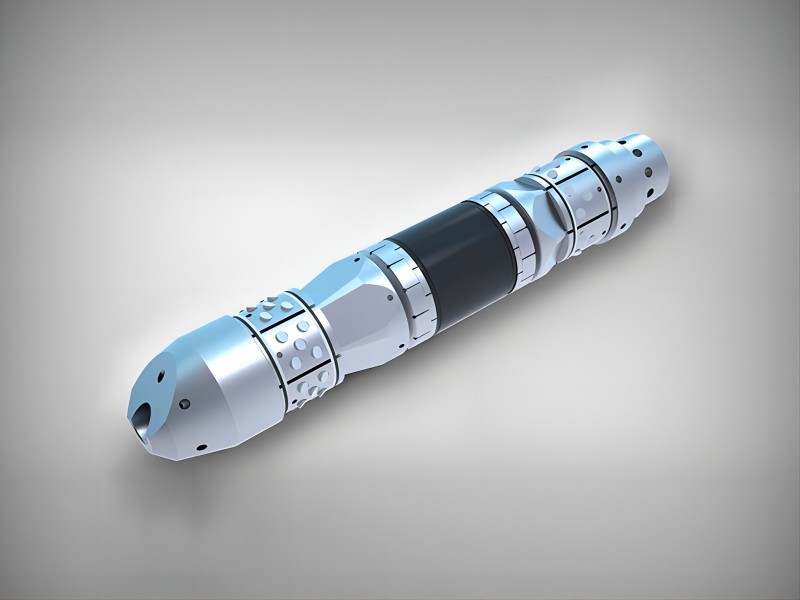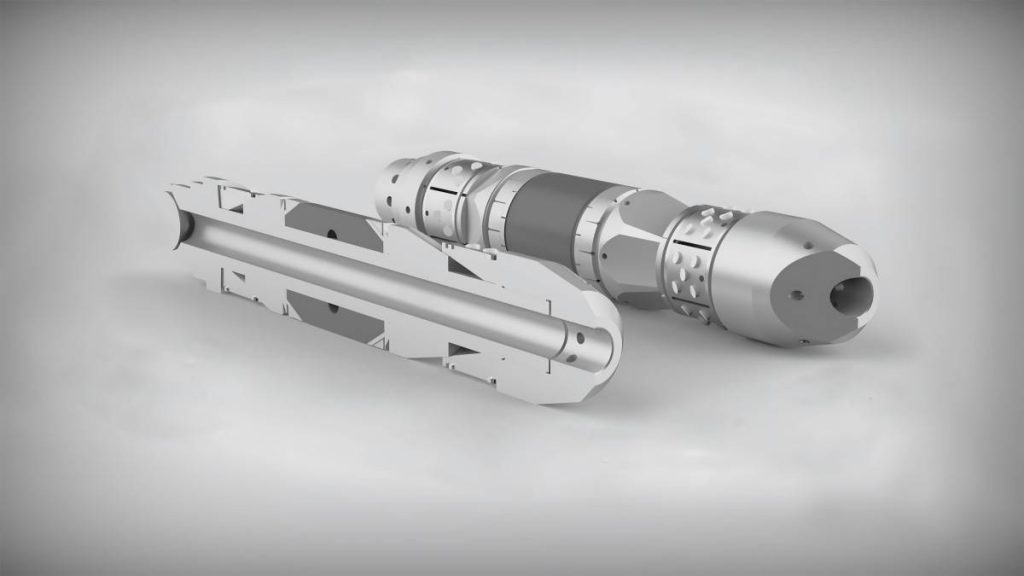Friction Loss Calculation and Wellhead Pressure Prediction in Oil Well Hydraulic Fracturing
Hydraulic fracturing is a process used to create fractures in rocks in order to increase the flow of oil or gas to a wellbore. The process involves pumping a fluid, typically water mixed with sand or other proppants, into the wellbore at high pressure. The fluid travels through the wellbore and into the surrounding rock, where it creates fractures. The proppants then hold the fractures open, allowing oil or gas to flow more freely to the wellbore.
One of the key factors in hydraulic fracturing is friction. Friction occurs when the fluid flowing through the wellbore encounters resistance from the walls of the wellbore and the proppants. This friction can cause a significant loss of pressure, which can limit the effectiveness of the fracturing treatment.
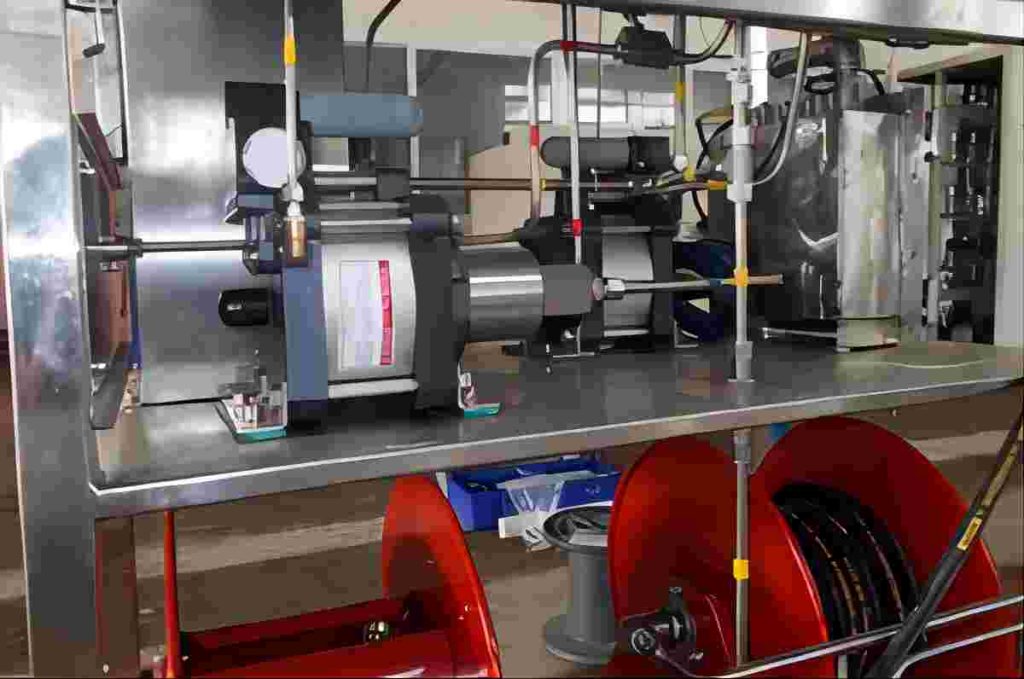
Which Factors Can Affect Friction in A Hydraulic Fracturing Well?
- Type of fluid: The type of fluid being pumped can have a significant impact on friction. Water-based fluids are typically less viscous than oil-based fluids, which means that they will experience less friction. However, water-based fluids can also be more corrosive, which can damage the wellbore.
- Flow rate: The flow rate of the fluid is another important factor. The faster the fluid flows, the more friction it will experience. This is because the fluid molecules have less time to interact with the wellbore walls and the proppants.
- Diameter of the wellbore: The diameter of the wellbore also affects friction. The smaller the wellbore diameter, the more friction the fluid will experience. This is because the fluid has to travel through a smaller space, which means that it has more contact with the wellbore walls.
- Roughness of the wellbore walls: The roughness of the wellbore walls can also affect friction. Rougher wellbore walls will cause more friction than smoother wellbore walls. This is because the fluid molecules have to travel over a rougher surface, which creates more drag.
- Concentration of proppants: The concentration of proppants in the fluid can also affect friction. Proppants are solid particles that are added to the fluid to help prop open the fractures. However, proppants can also increase friction. This is because they can create additional drag on the fluid as it flows through the wellbore.
Friction can be calculated using a number of different methods. One common method is to use the Darcy-Weisbach equation. The Darcy-Weisbach equation is a formula that relates the friction loss to the flow rate, the fluid viscosity, and the roughness of the pipe.
Once the friction loss has been calculated, it can be used to predict the wellhead pressure. The wellhead pressure is the pressure at the surface of the wellbore. It is the pressure that must be maintained in order to pump the fluid into the wellbore at the desired flow rate.
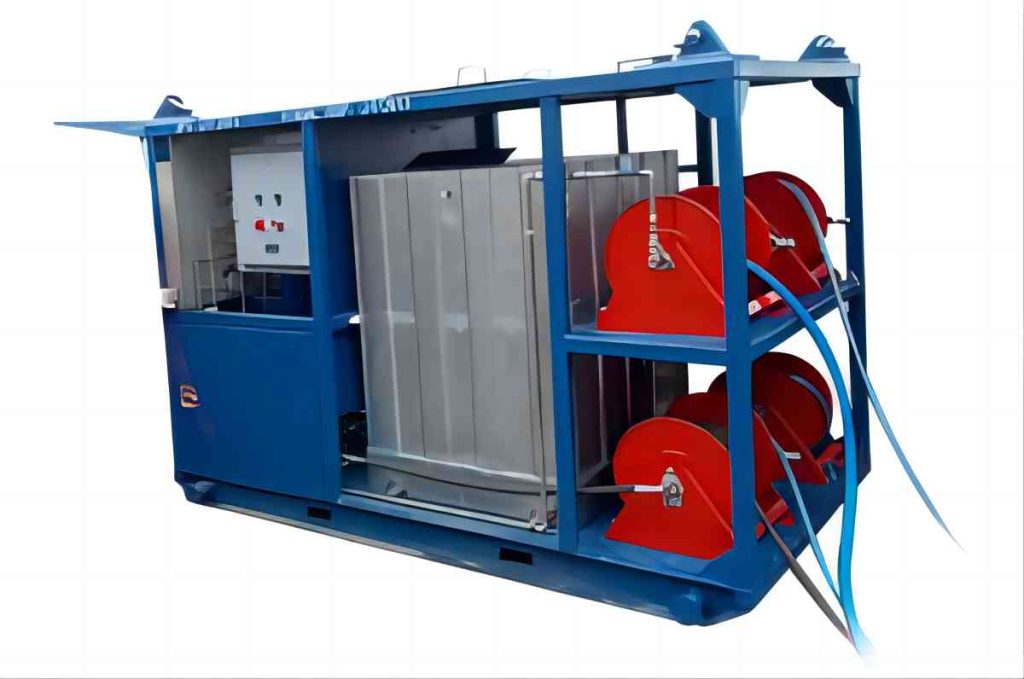
The wellhead pressure can be calculated using the following formula:
Pwh = Pwf + Pf
- Pwh is the wellhead pressure
- Pwf is the bottomhole pressure
- Pf is the friction loss
The bottomhole pressure is the pressure at the bottom of the wellbore. It is the pressure that is exerted by the fluid on the rock formations.
The wellhead pressure must be greater than the bottomhole pressure in order to pump the fluid into the wellbore. The amount of pressure required will depend on the friction loss, the flow rate, and the depth of the well.
Friction is an important factor to consider in the design and execution of a hydraulic fracturing treatment. By calculating the friction loss and predicting the wellhead pressure, engineers can ensure that the treatment is effective and that the wellbore is not damaged.
In addition to the factors mentioned above, there are a number of other factors that can affect friction in a hydraulic fracturing well. These factors include the following:
- Temperature of the fluid: The temperature of the fluid can also affect friction. As the temperature of the fluid increases, its viscosity decreases. This means that the fluid will experience less friction.
- Presence of solids in the fluid: The presence of solids in the fluid can also increase friction. Solids can create additional drag on the fluid as it flows through the wellbore.
- Formation properties: The formation properties, such as the roughness of the rock and the permeability of the rock, can also affect friction. Rougher rocks and rocks with lower permeability will cause more friction than smoother rocks and rocks with higher permeability.
The temperature of the fluid can affect the viscosity of the fluid, which can in turn affect friction loss. Solids in the fluid can also increase the friction loss. The formation properties, such as the roughness of the rock and the permeability of the rock, can also affect friction loss.
Friction is a complex phenomenon, and there is no single formula that can accurately predict friction loss in all cases. However, by considering the factors that affect friction and using the appropriate calculations, engineers can make informed decisions about the design and execution of hydraulic fracturing treatments.
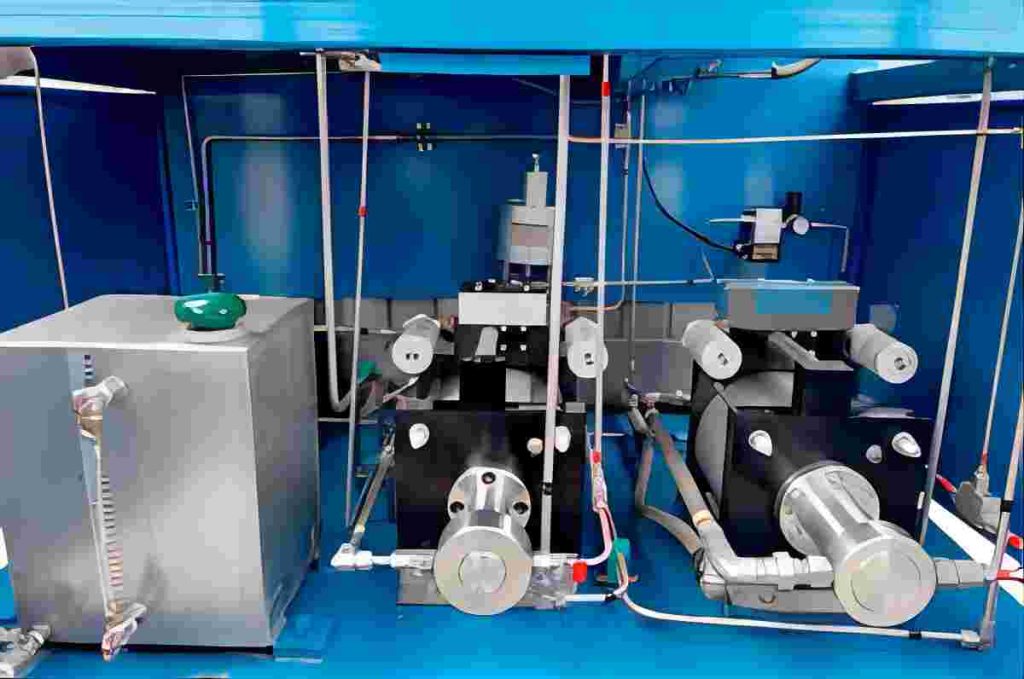
Conclusion
Friction is an important factor to consider in hydraulic fracturing. By calculating the friction loss and predicting the wellhead pressure, engineers can ensure that the treatment is effective and that the wellbore is not damaged. There are a number of factors that can affect friction, including the type of fluid being pumped, the flow rate of the fluid, the diameter of the wellbore, the roughness of the wellbore walls, the concentration of proppants, the temperature of the fluid, the presence of solids in the fluid, and the formation properties. By considering these factors, engineers can make informed decisions about the design and execution of hydraulic fracturing treatments.

